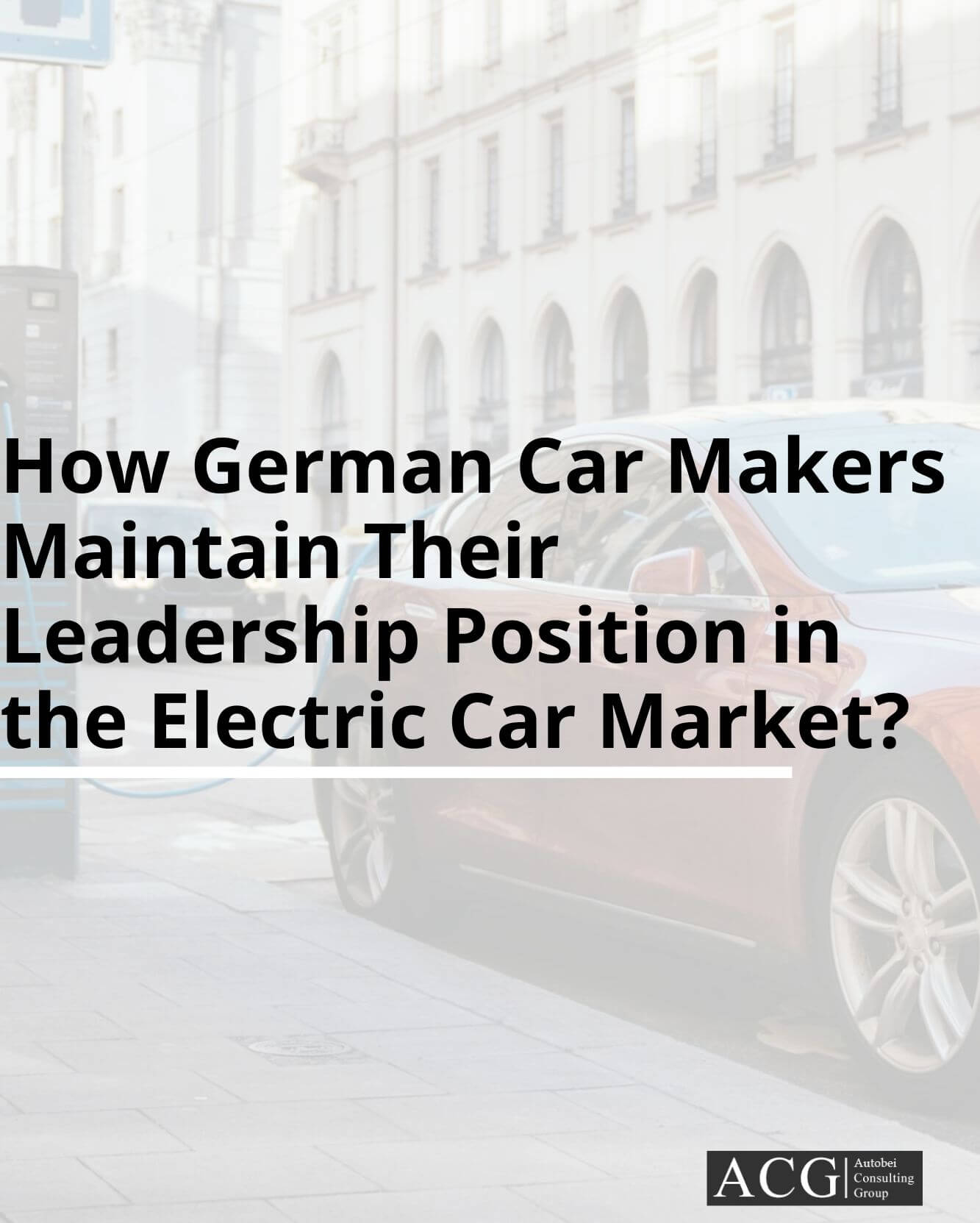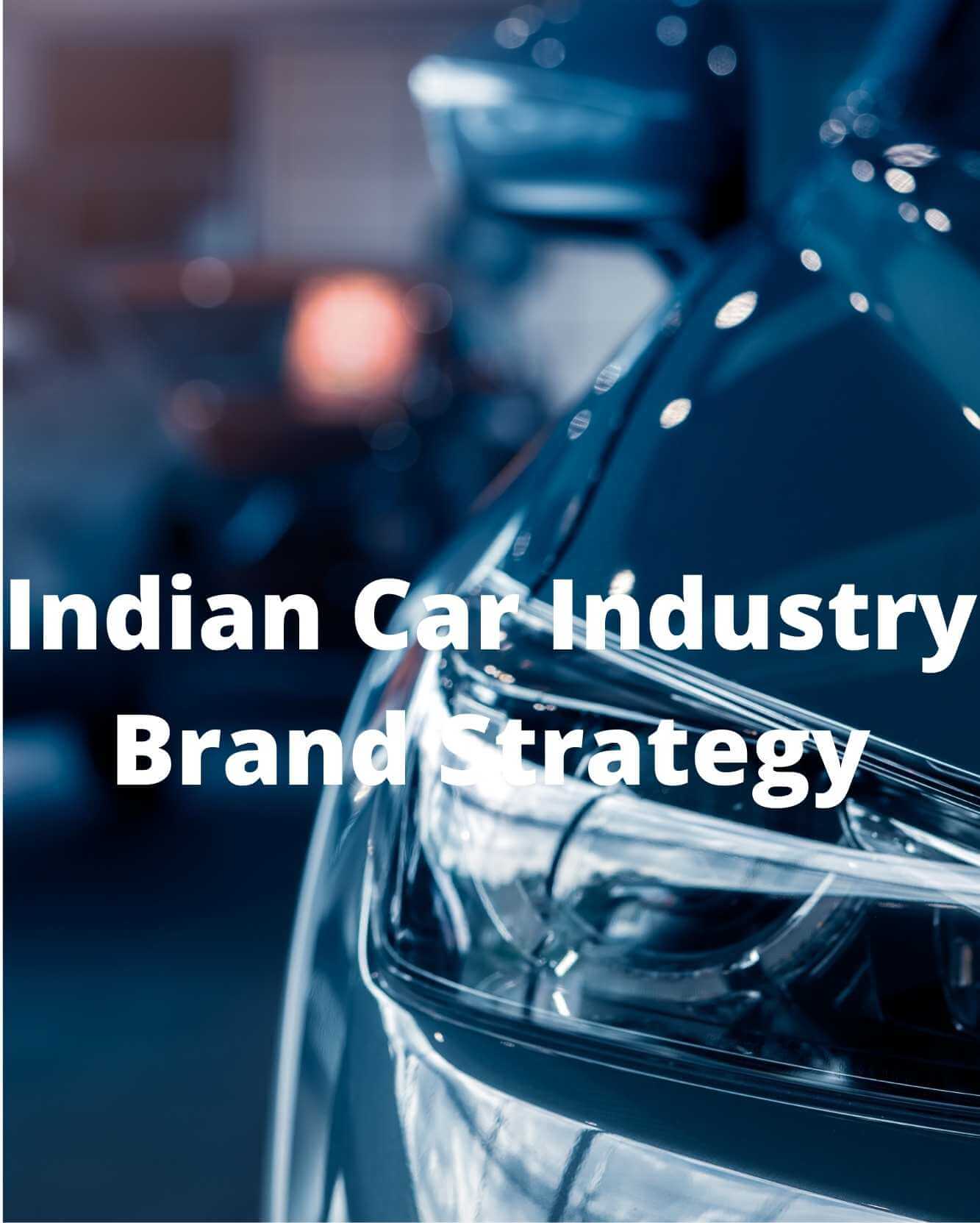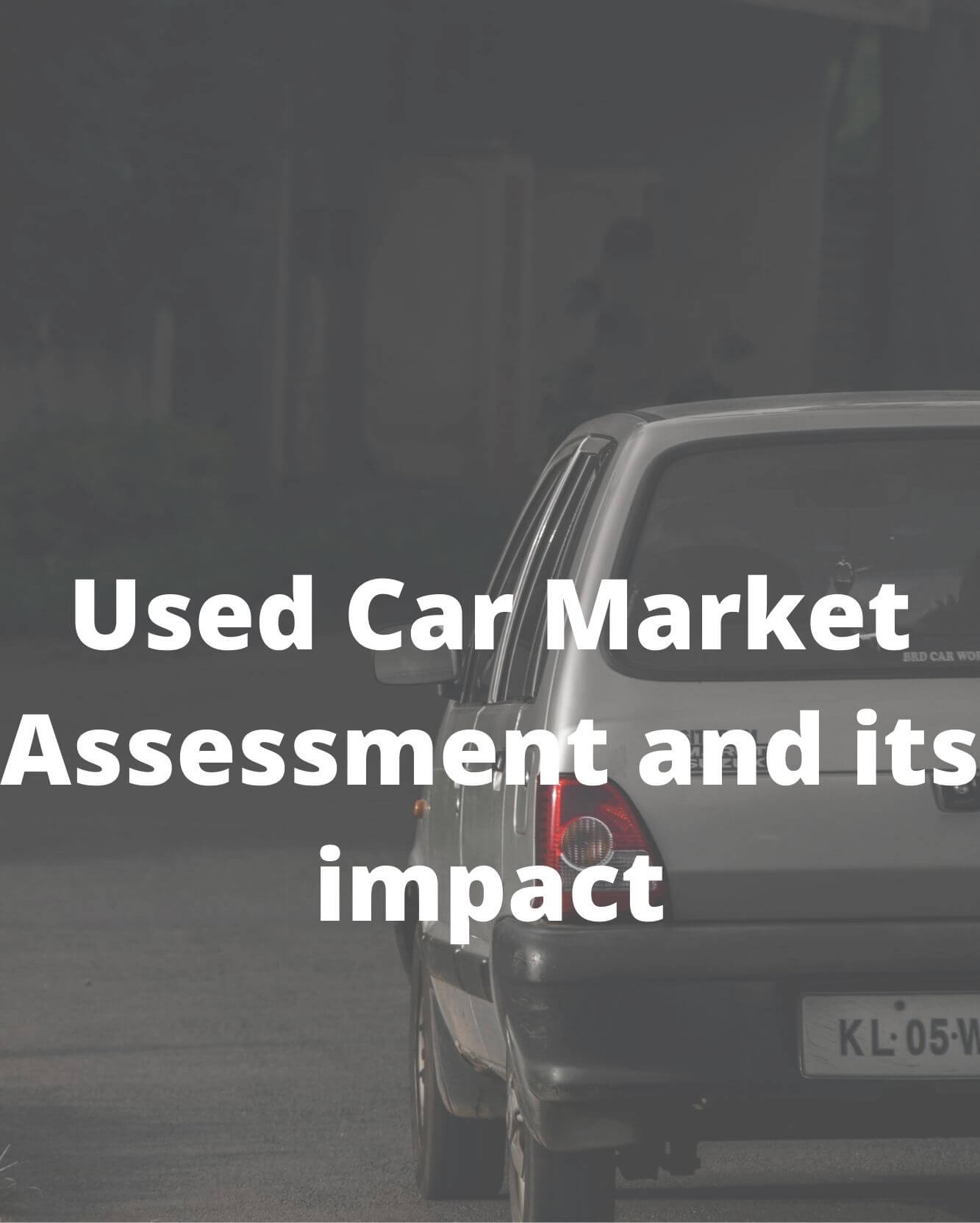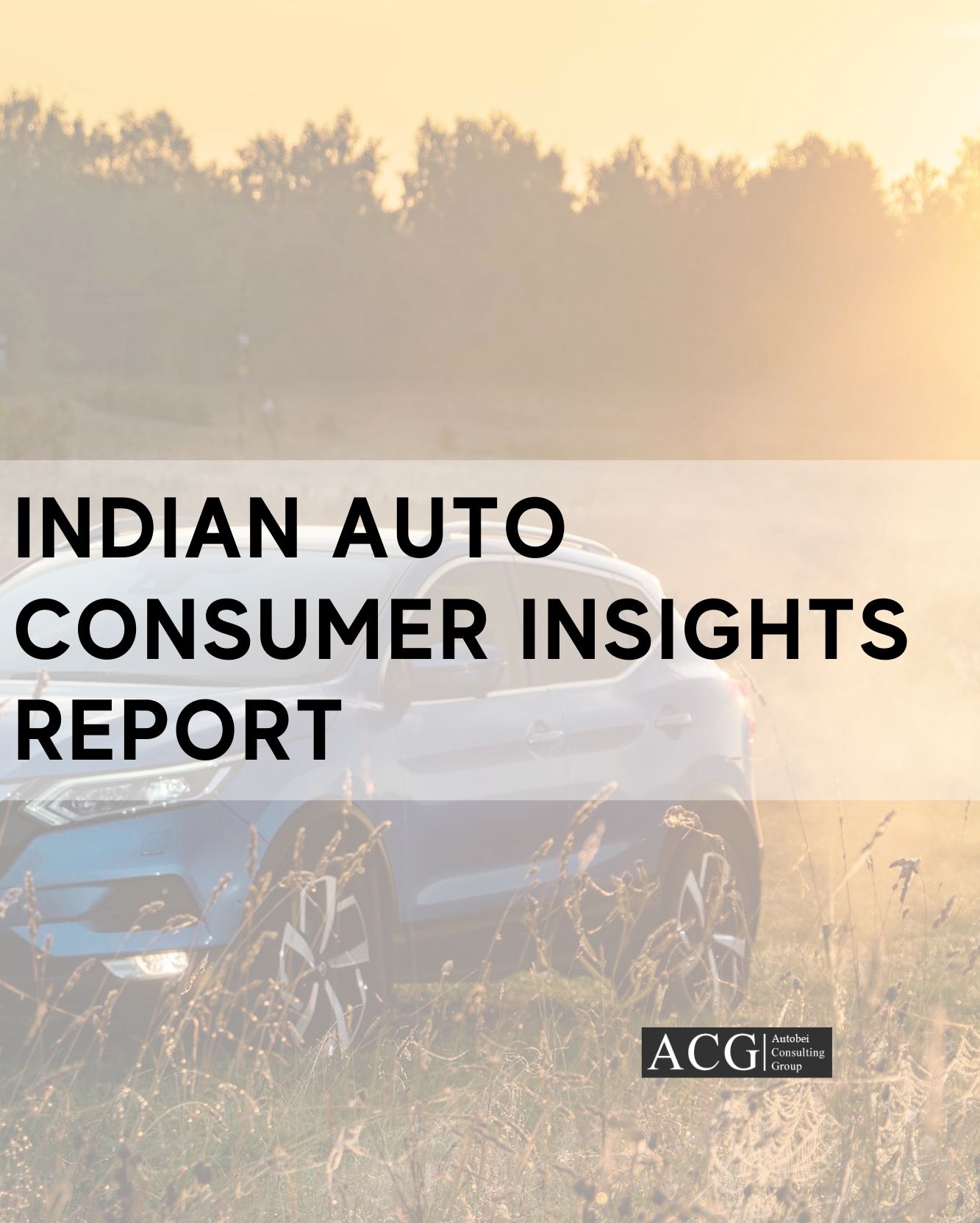The COVID-19 crisis has forced one of the most interesting and attractive Passenger car markets to drive in reverse gear. The year 2020 could perhaps be one of the most difficult for the South African Automotive Industry to traverse through. With a whopping 6.9% of GDP, the automotive industry makes a significant contribution to the country’s economy. However, South Africa’s grandiose plans for its automotive industry were brought to ruin by the pandemic and the five-week lockdown imposed in the country. ACG predicts the country’s automotive market to face a decline of 30% to a mere 40% share in 2020 as compared to that in CY 2019.
According to the NAAMSA, the manufacturing industry employs 110,000 people both directly and indirectly and the automotive sector provides nearly 457,000 jobs. Aided by the government’s proactive industrial policies, this sector is the only manufacturing sector that has shown significant growth.
Owing to the country-wide lockdowns, ACG predicts that the demand for passenger vehicles (Car, SUV, and MPV) will shrink by 25% yielding only a 35% demand in 2020. However, this situation is subject to change, depending on consumer choices in spending after restrictions are relaxed for restarting industries. This would also be a good time to kickstart the demand for second-hand cars.
In order to fuel the fight against COVID-19, the government has introduced a number of packages such as the Debt Relief Fund, SMME Finance Scheme, and the Temporary Employee/Employer Relief Scheme (TERS). The Reserve Bank has announced a 100 basis point cut to the repo rate, incentivizing employers to hire young and temporary employees. These schemes are expected to boost the demand for the industry and fast-track the economy’s revival.
The South African Passenger Car Market is divided into 3 broad categories: Cars, SUVs, and MPVs. More than 400 models of these main categories are available in the country.
Between 2011 and 2019, the Passenger Vehicle (PV) industry showed a -2% Compound Annual Growth Rate (CAGR) which is expected to jump to 12% between 2020 and 2022. On the other hand, between 2011 and 2019, the car industry had a -5% CAGR, the MPV segment with 1%, and the SUV segment with 6% CAGR. In the next 3 years, these figures are expected to leap to 4%, 18%, and 22% growth is CAGR in the car, MPV, and SUV segments, respectively.
In 2019, Volkswagen enjoyed the lead in the car segment with a 30% market share followed by Toyota with a market share of 16%. Other players in the market included Hyundai, Renault, and Suzuki with market shares of 10%, 8%, and 6% respectively.
In the SUV segment, however, in 2019, Toyota captured the market with a 22% share, with Ford and Renault following behind with 11% and 9% market shares respectively.
Similar to the situation in other markets, the South African automotive industry is also seeing a shifting trend from the car to the SUV segment, owing to the latter’s space, aesthetics, and comfort aspects. Toyota’s Fortuner, RAV4, Tiguan, Sandero, and Ford’s EcoSport are the Top 10 models in this segment.
South Africa also enjoys the title of the highest cars per capita in the continent. It has the largest vehicle market in the continent. It is not surprising to note that one out of every five people in South Africa owns a vehicle. Among the top car models in South Africa are the Volkswagen Polo and Polo Vivo; Toyota’s Corolla and Etios; Renault’s Kwid; Hyundai’s Grandi10 and i20 and Ford’s Figo.
With aggressive Chinese investments, Chinese OEMs have seen their market share increasing especially fast in the country. Their strategy targets the SUV segment, pricing this segment lower than what their Toyota, Volkswagen of Ford counterparts do.
Indian OEMs too have the opportunity to penetrate the African market with Tata Motors and Mahindra. This creates an attractive opportunity with favorable market dynamics for them.
Consumer Groups :
The South African Society is divided into 8 categories based on certain facets, like income bracket and owning a car. High inflation rates and slow growth in wages wrought by the pandemic offer serious challenges to the industry, keeping consumer sentiments at an all-time low. Most South Africans, like all consumers in the world, are treading cautiously with their financial decisions. They want to study the market and get the best deal and value for their money. Our surveys indicate that certain vehicle models are preferred by certain specific groups, for instance, in the case of Volkswagen and Toyota.
Brand Loyalty :
Our customer behavior studies indicate that South African people prefer buying their favorite brands only at a lower price. This is the reason why growth is predicted in the used car industry in the next 3 years, leading to OEMs advertising discounts to attract new customers. This could be an opportune time for Chinese OEMs, which have registered only a 2% CAGR in the last 9 years, to think seriously about increasing their market share.
Key Highlights of the Report:
- South Africa Passenger car Market Trend
- Segment-wise market movement
- Short, and Medium-term Forecast
- Challenges and Opportunities after COVID 19
- Pricing Strategy – Model and variant wise
- Key Export Market
- Sedan, Hatchback, Premium, Luxury, Budget, Small Car, Sports, Category wise Analysis
- Model and OEM wise Competitor Analysis
- Product Position and Product Gap Analysis
- New Product Launches and its impact on the market
- Customer income Group and mapping with Models
- Customer Buying Journey after COVID 19
- OEMs offer a comparison for customers to create demand
- How Supply chain affected after lockdown
- How to offer Digital solution to the customers
- How to connect with customer emotionally
- Advertising impact and choose the right channel




